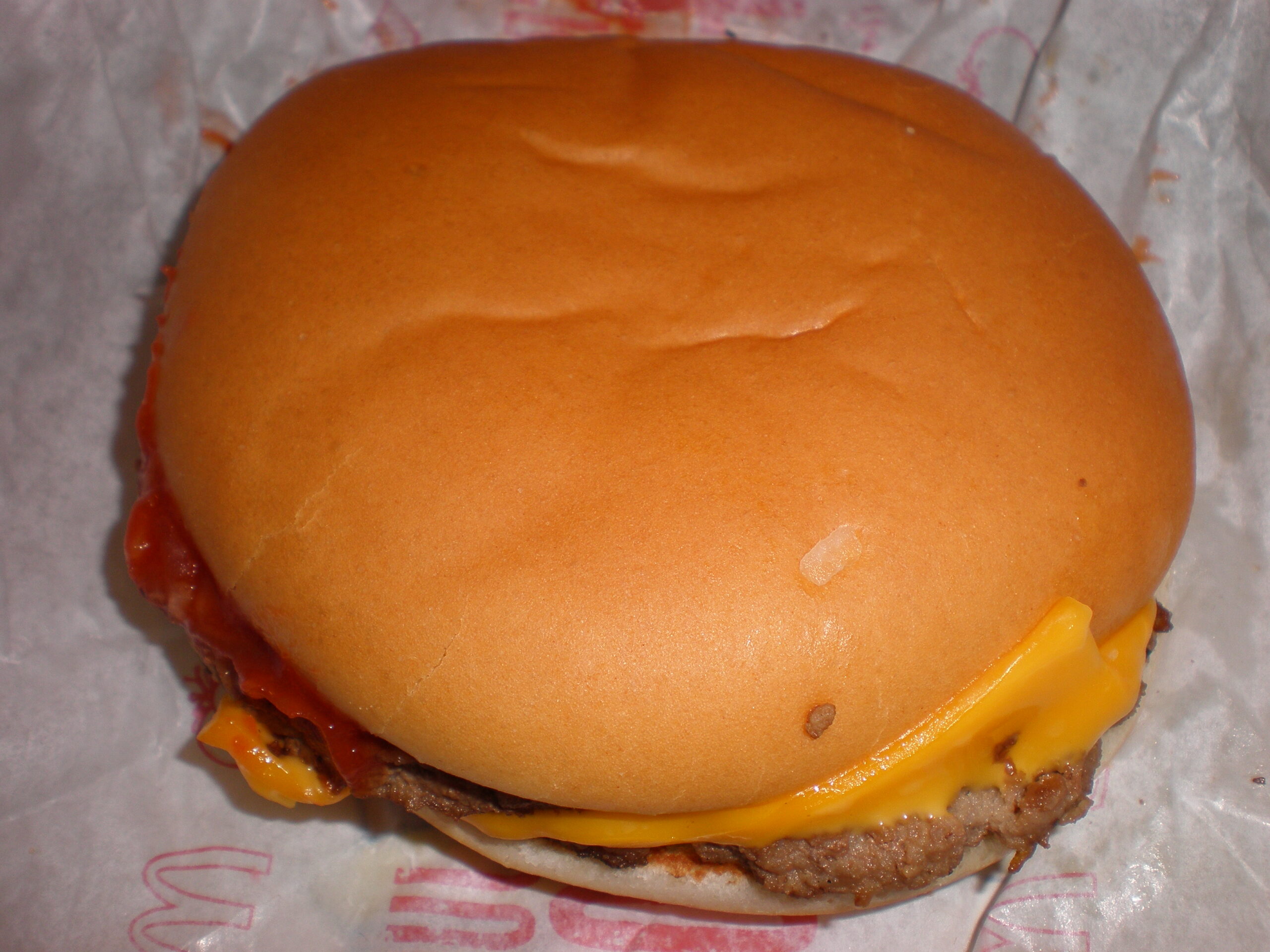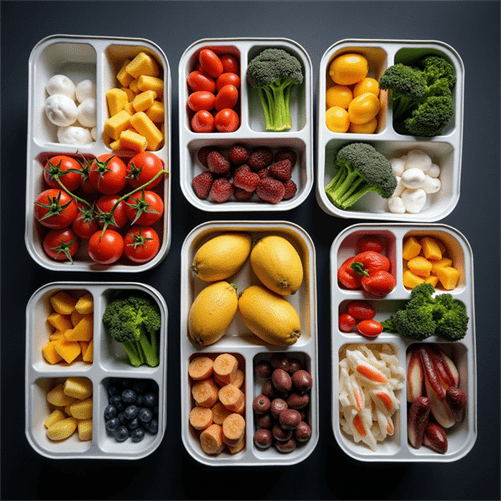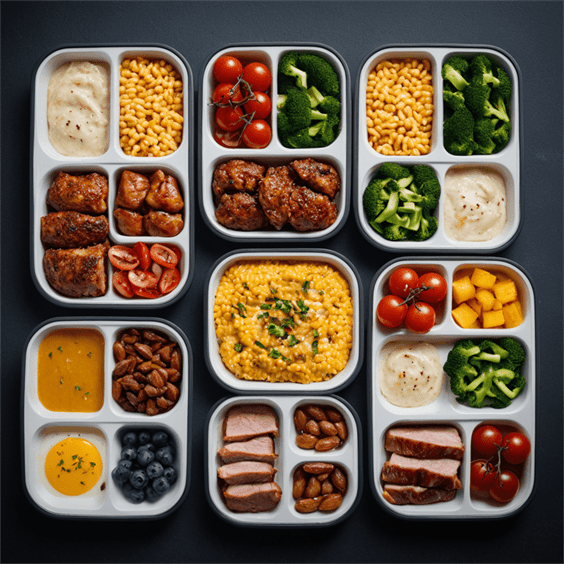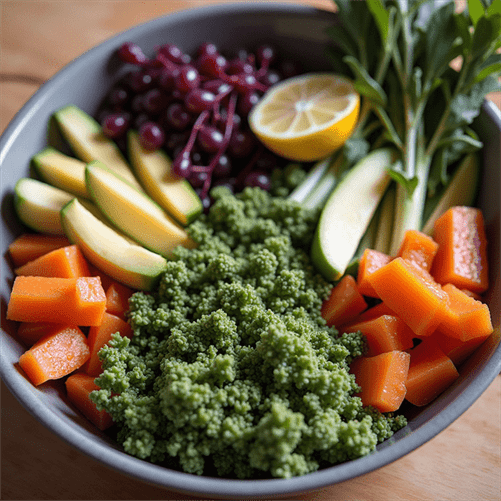
Acupuncture For Appetite Control
Hunger and cravings often sabotage weight loss efforts. Many struggle with uncontrollable urges for unhealthy foods, leading to frustration and stalled progress. A little known strategy that has been around for centuries is acupuncture for appetite control. That’s right, acupuncture.
Could acupuncture be the missing piece in appetite control? Research suggests it might help regulate hunger, reduce cravings, and even influence weight loss. The idea of acupuncture for appetite control may seem far-fetched but keep reading.
This article explores the scientific evidence behind acupuncture’s impact on appetite and whether it can be a valuable tool for those looking to manage their weight.
How Acupuncture Affects the Body
Acupuncture is an ancient practice that involves inserting thin needles into specific points on the body. It has been used for thousands of years to treat pain, stress, and digestive issues. More recently, researchers have investigated its effects on appetite and metabolism.
The body’s nervous system and hormones play a major role in hunger. Acupuncture is believed to stimulate the release of endorphins, regulate neurotransmitters, and affect the hypothalamus—the brain’s control center for appetite and energy balance.
Several key mechanisms explain acupuncture’s potential role in appetite control:
- Hormonal Regulation – Acupuncture may influence ghrelin (the hunger hormone) and leptin (the satiety hormone), helping balance hunger signals.
- Neural Pathways Activation – By stimulating the vagus nerve and hypothalamus, acupuncture can affect food intake and metabolism.
- Stress and Emotional Eating – Acupuncture reduces stress hormones like cortisol, which may help control emotional eating and cravings.
But what does the research say? Let’s look at the evidence.

Scientific Evidence on Acupuncture and Appetite
1. Appetite Improvement in Cancer Patients
A randomized controlled trial found that auricular acupuncture (acupuncture targeting the ear) significantly improved appetite in cancer patients. The acupuncture group experienced a 51.4% improvement in appetite within four weeks compared to the control group.
While this study focused on cancer patients, it suggests acupuncture may stimulate appetite regulation pathways that could be useful in weight management as well.
2. Ghrelin Suppression and Weight Loss
A small Japanese study examined auricular acupuncture’s effect on weight and hunger hormone levels. Researchers found that acupuncture reduced ghrelin production, leading to decreased hunger and measurable weight loss in participants.
Since ghrelin drives hunger, reducing its levels may help people feel fuller for longer, potentially supporting weight loss efforts.
3. Acupuncture’s Impact on BMI and Body Weight
A growing body of research suggests that acupuncture influences neural circuits in the hypothalamus, which play a role in energy balance and appetite control.
A systematic review of multiple studies found that acupuncture treatments contributed to reductions in BMI and overall body weight, particularly in individuals with obesity.
4. Craving Reduction Through Hormonal Modulation
Studies have also shown that acupuncture may help curb cravings by influencing dopamine and serotonin levels—neurotransmitters that regulate pleasure and reward.
This could make it easier for individuals to stick to reduced-calorie diets and avoid unhealthy food choices.
5. Appetite Regulation and Satiety
Acupuncture appears to regulate hormones responsible for hunger and satiety. By stimulating specific acupoints, some individuals report feeling full faster and experiencing fewer cravings.
A study published in the journal Obesity Research & Clinical Practice suggested that acupuncture helped participants consume fewer calories without feeling deprived, indicating a direct effect on appetite regulation.

How Acupuncture Can Be Used for Weight Management
If acupuncture affects hunger and cravings, how can it be integrated into a weight loss plan?
Here’s how people are using acupuncture to support their goals:
1. Auricular (Ear) Acupuncture for Appetite Control
The ear contains pressure points linked to appetite regulation. Auricular acupuncture is commonly used to influence cravings, metabolism, and digestion. Some practitioners apply tiny ear seeds to stimulate pressure points even after the acupuncture session.
2. Body Acupuncture for Hormonal Balance
Specific acupuncture points on the body may help regulate hunger hormones. Commonly targeted areas include:
- ST36 (Zusanli) – Linked to digestion and metabolism.
- SP6 (Sanyinjiao) – Affects the nervous system and hormone balance.
- LI11 (Quchi) – May support digestion and energy regulation.
Sessions typically last 30-45 minutes, with practitioners recommending weekly or biweekly treatments for sustained benefits.
3. Combining Acupuncture with Lifestyle Changes
Acupuncture works best when paired with:
- A Healthy Diet – Whole foods, fiber, and protein help regulate hunger naturally.
- Regular Exercise – Movement enhances metabolism and appetite control.
- Mindful Eating – Paying attention to hunger cues prevents overeating.
- Stress Reduction Techniques – Since stress can drive emotional eating, acupuncture combined with meditation or deep breathing can be powerful.
Acupuncture should be seen as a tool rather than a cure-all, working best alongside a balanced lifestyle.
Limitations and Considerations of Acupuncture For Appetite Control
While acupuncture shows promise for appetite control, it’s not a magic solution. Here are a few things to consider:
- Individual Variation – Responses to acupuncture differ from person to person. Some may experience noticeable hunger reduction, while others may not.
- Need for More Research – While studies show potential benefits, more large-scale trials are needed to confirm long-term effects.
- Best as a Complementary Therapy – Acupuncture works best alongside healthy eating and exercise, not as a replacement.
- Qualified Practitioners Matter – Seeing a licensed acupuncturist ensures safe and effective treatment.
Is Acupuncture Worth Trying for Appetite Control?
Acupuncture has shown promising results in appetite regulation, craving reduction, and weight loss support. Studies suggest it can influence hunger hormones, increase satiety, and support mindful eating.
However, acupuncture alone won’t lead to significant weight loss. It works best as part of a holistic approach, including proper nutrition, exercise, and stress management.
For those struggling with cravings or emotional eating, acupuncture may offer an additional layer of support. If considering it, consult with a licensed acupuncturist to discuss your goals and create a personalized treatment plan.

Acupuncture has emerged as a promising complementary approach for weight loss strategies, with evidence suggesting its potential to influence appetite control, hunger, and cravings. There’s actual science behind that claim.
Studies have shown that acupuncture can modulate the release of appetite-regulatory hormones like leptin, ghrelin, insulin, and cholecystokinin (CCK), potentially suppressing excessive hunger and reducing cravings.
Practitioners stimulate specific points, to upregulate the expression of pro-opiomelanocortin (POMC) in the hypothalamus, which plays a role in appetite suppression.
Clinical trials have demonstrated improvements in appetite and weight loss in patients receiving auricular acupuncture compared to control groups.
While acupuncture alone may not be a magic bullet for weight loss, it can play a significant role when combined with lifestyle changes, potentially improving metabolism, reducing cravings, and mitigating stressors that affect appetite.
As research continues, acupuncture shows promise as a complementary tool in comprehensive weight loss strategies, offering a holistic approach to appetite control and weight management.
What’s Your Experience?
Have you tried acupuncture for appetite control or weight loss? Share your thoughts in the comments—I’d love to hear your perspective.
Keywords: acupuncture for weight loss, appetite control, acupuncture and hunger, acupuncture and cravings, weight loss strategies






























